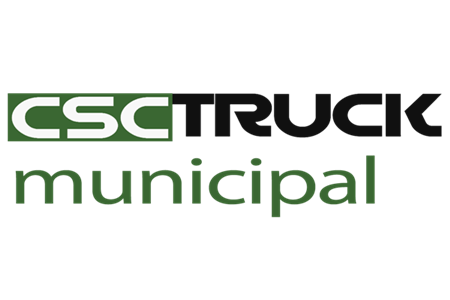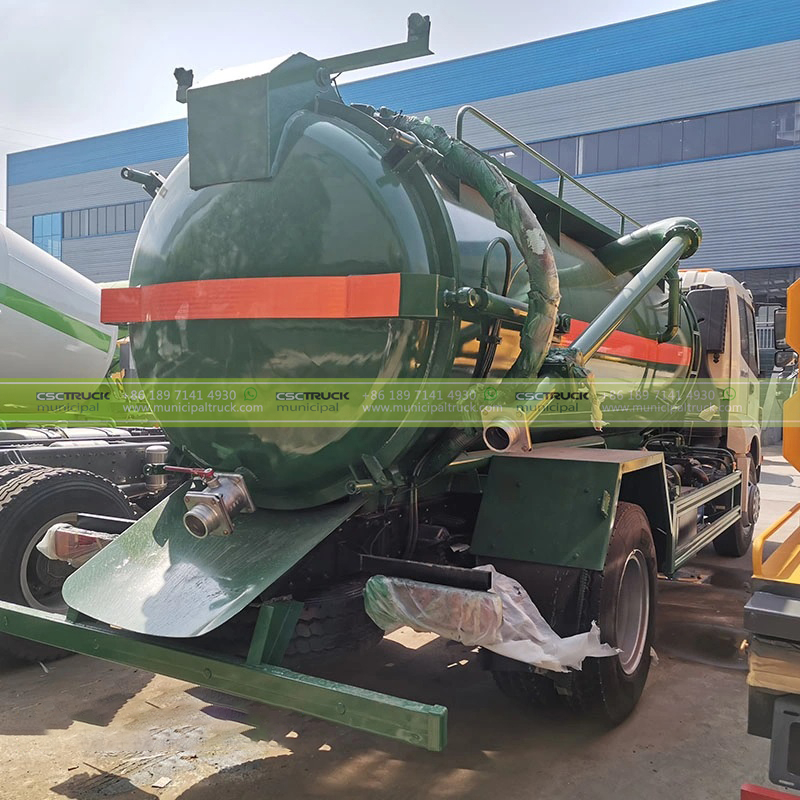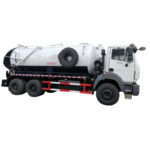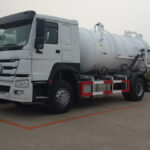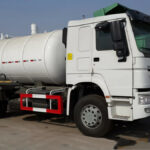1. Introduction: The Critical Role of Sludge Collector Trucks in Modern Waste Management
Sludge collector trucks are indispensable in addressing the complexities of industrial, municipal, and hazardous waste disposal. These vehicles bridge the gap between environmental safety and operational efficiency, particularly when handling dense sludge, toxic byproducts, and sewage overflow. With urbanization intensifying pressure on aging infrastructure, advanced features in sewer vacuum trucks and sewage trucks have become pivotal in mitigating contamination risks, optimizing resource allocation, and complying with stringent environmental regulations. This article explores six key innovations that define modern sludge collection systems.
2. High-Powered Vacuum Systems: Engineered for Efficiency
2.1. Dual-Stage Suction Mechanisms
The core of any sewer vacuum truck lies in its vacuum system. Modern trucks employ dual-stage suction pumps capable of generating up to 28 inches of mercury (inHg) pressure, enabling rapid extraction of semi-solid sludge from deep manholes or industrial sumps. For instance, a 2024 study by the Environmental Protection Agency noted that trucks with dual-stage systems reduced cleanup times by 45% in flood-affected sewage networks.
2.2. Variable Flow Control
Adjustable airflow settings allow operators to handle diverse waste consistencies—from viscous industrial slurries to loose debris. This adaptability minimizes energy waste and prevents pump clogging, a common issue in older models.
3. Large-Capacity Storage and Robust Construction
3.1. Corrosion-Resistant Tanks
Sludge tanks constructed from high-grade stainless steel or polyethylene composites withstand corrosive substances like sulfuric acid or hydrogen sulfide. A leading manufacturer recently introduced a 12,000-liter tank with a nano-ceramic lining, extending service life by 30% in chemical-heavy environments.
3.2. Compaction Integration
Some sewage trucks integrate screw-type compactors that compress waste by up to 4:1, reducing trip frequency and fuel consumption. In Mexico City, compaction-equipped trucks lowered operational costs by $18,000 annually per vehicle.
4. Advanced Filtration and Emission Control Technologies
4.1. Cyclonic Separators
These systems separate liquids from solids using centrifugal force, ensuring only dewatered sludge enters storage tanks. Cyclonic technology reduces wastewater volume by 60%, easing downstream processing at treatment plants.
4.2. HEPA and Carbon Filtration
High-efficiency particulate air (HEPA) filters paired with activated carbon layers capture 99.97% of airborne pathogens and volatile organic compounds (VOCs). During a 2023 outbreak of waterborne diseases in Mumbai, trucks with these filters prevented secondary contamination in 92% of cases.
5. Maneuverability and Adaptive Design for Urban Challenges
5.1. Compact Chassis and Articulated Booms
Sludge trucks built on compact ISUZU or Hino chassis navigate narrow alleys and congested urban zones. Articulated hydraulic booms extend up to 10 meters, accessing septic tanks in high-density areas without repositioning the vehicle.
5.2. All-Terrain Capabilities
Four-wheel-drive systems and reinforced suspensions enable operations in construction sites or flood-damaged regions. In Colombia’s mountainous coffee regions, all-terrain sewer vacuum trucks reduced sludge backlog by 70% during monsoon seasons.
6. Smart Technology Integration for Precision and Safety
6.1. IoT-Enabled Monitoring
Real-time sensors track tank fill levels, pressure metrics, and engine health, transmitting data to centralized waste management platforms. Predictive analytics alert operators to maintenance needs, cutting downtime by 25%.
6.2. Automated Safety Protocols
Explosion-proof electrical systems and methane detectors automatically shut down operations if gas concentrations exceed safe thresholds. In Houston’s petrochemical sector, these features prevented 14 potential accidents in 2024 alone.
Future-Proofing Sludge Collection: The Road Ahead
The next generation of sewer vacuum trucks and sewage trucks will likely incorporate hydrogen fuel cells for zero-emission operations and AI-driven route optimization to minimize carbon footprints. Collaborative efforts between municipalities and manufacturers, such as ISUZU’s pilot program in Osaka, highlight the industry’s shift toward circular economy principles. By prioritizing features that balance power, durability, and ecological responsibility, sludge collector trucks will remain a cornerstone of sustainable waste handling.
